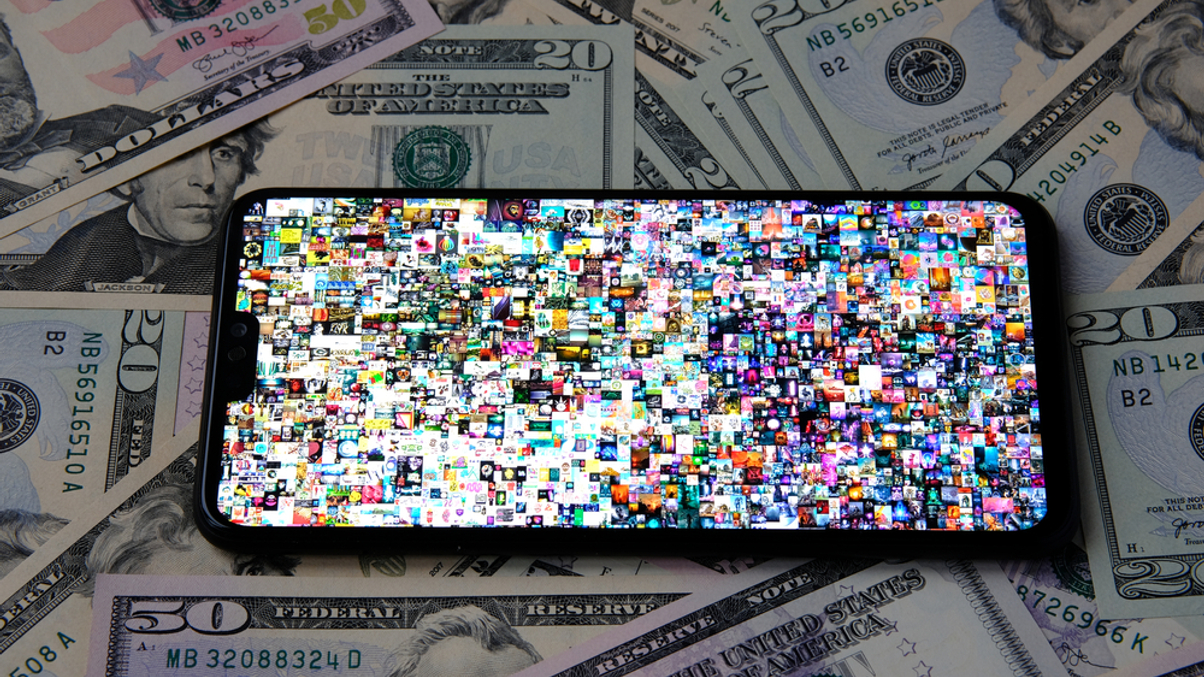Non-fungible tokens – passing fad or opportunity?
Interest in non-fungible tokens has fallen nearly as quickly as it rose, but its underlying technologies still hold potential for institutional investors, experts say.

As with any new asset class, asset owners are likely to be cautious - and non-fungible tokens (NFT) are no exception. But while investors may not jump on the bandwagon immediately, the technology is likely to offer investment opportunities in other ways.
Sign in to read on!
Registered users get 2 free articles in 30 days.
Subscribers have full unlimited access to AsianInvestor
Not signed up? New users get 2 free articles per month, plus a 7-day unlimited free trial.
¬ Haymarket Media Limited. All rights reserved.


